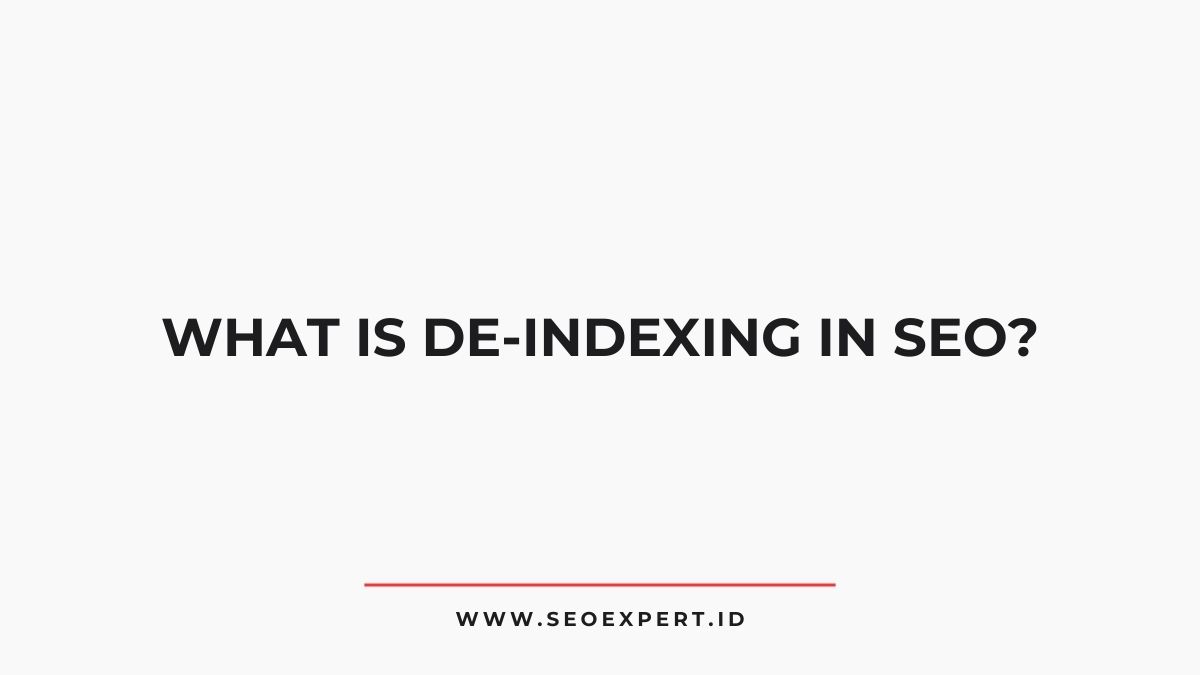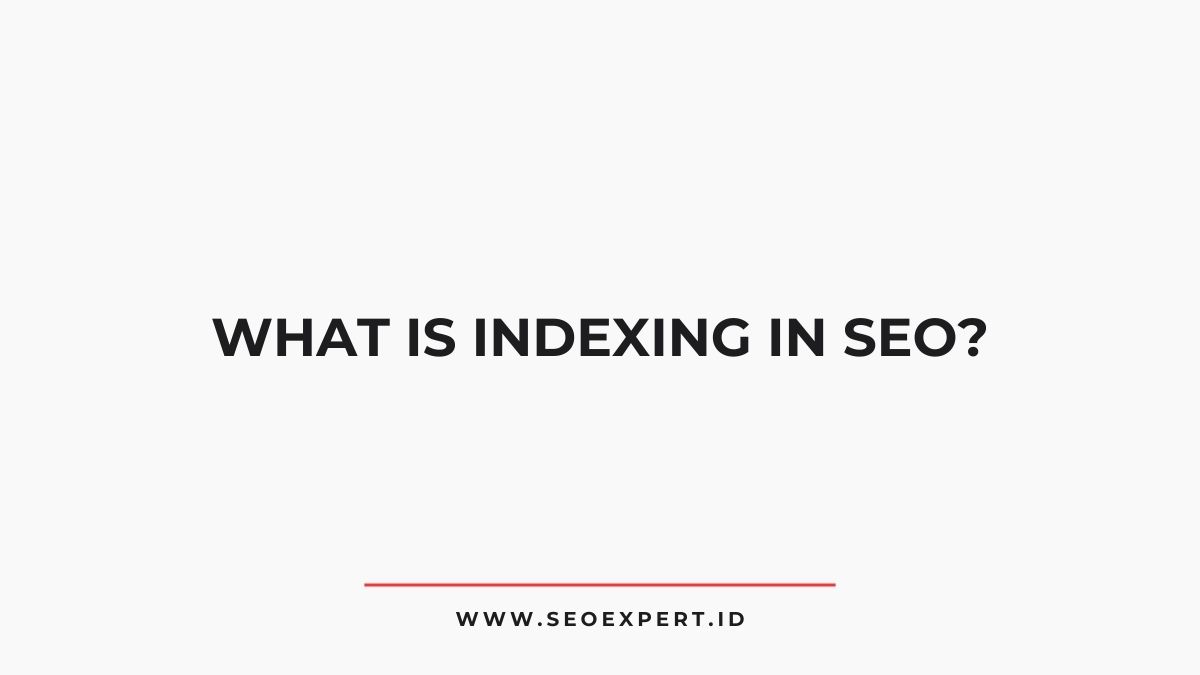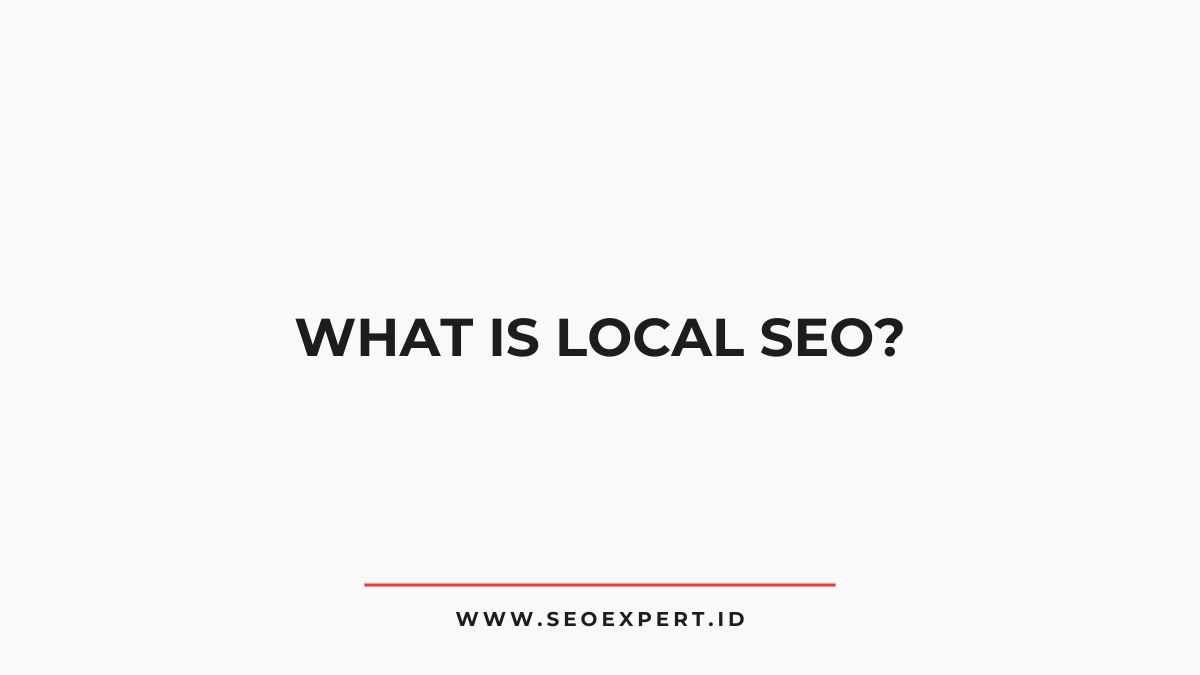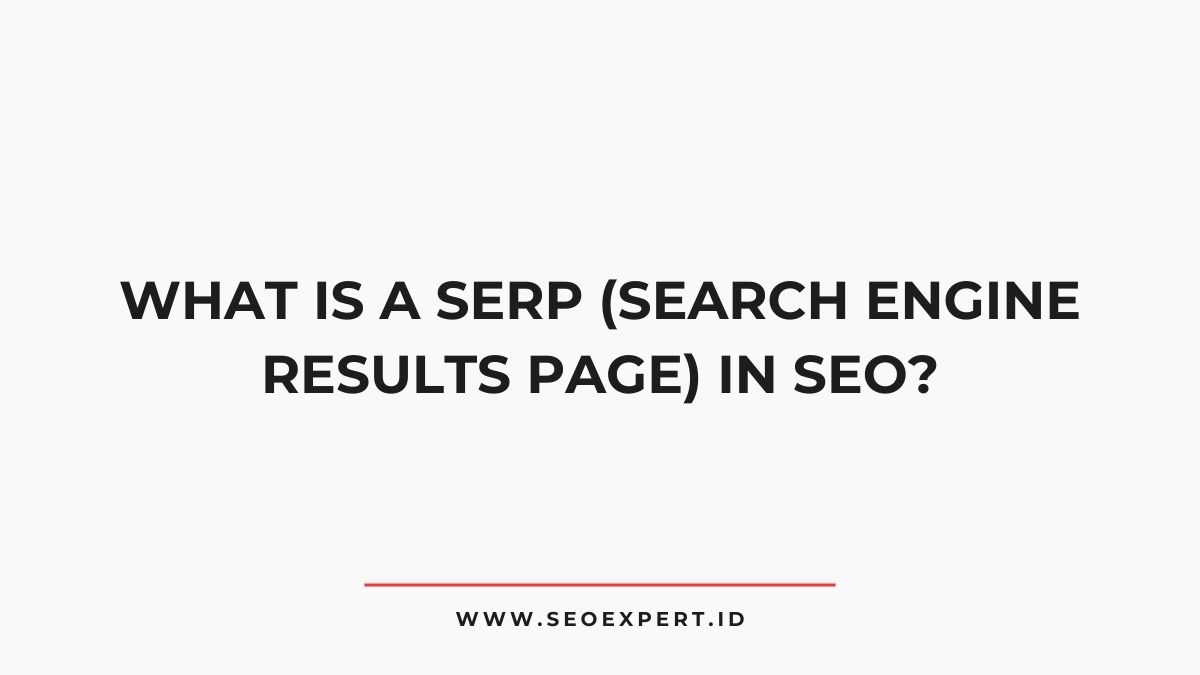De-indexing in SEO is the process by which specific web pages are removed from a search engine’s index, thereby reducing their visibility in search results.
Hostinger
Hostinger's managed cloud hosting delivers four times the speed and twenty times the resources of conventional web hosting.
This can occur for various reasons, including implementation of noindex tags, server errors, or violations of search engine guidelines.
The consequences of de-indexing can be substantial, including decreased organic traffic and diminished brand authority.
Understanding de-indexing’s implications is vital for effective SEO strategy, leading to further insights into prevention and recovery strategies.
Highlights
Hide- De-indexing in SEO refers to the removal of web pages from a search engine's index, impacting visibility and traffic.
- Reasons for de-indexing include noindex tags, sitemap removal, penalties, server errors, and duplicate content.
- De-indexing can lead to decreased organic traffic, user engagement, and erosion of brand authority.
- Monitoring indexing status using tools like Google Search Console can help identify de-indexed pages.
- Preventing de-indexing involves maintaining high-quality content, optimizing technical SEO, and managing crawl budgets effectively.
Understanding De-Indexing
De-indexing represents a critical process in search engine optimization (SEO), wherein specific web pages are removed from a search engine’s index.
This procedure can markedly impact a website’s visibility and traffic, as it effectively renders the de-indexed pages invisible to users during searches.
De-indexing may occur manually via webmaster tools or automatically due to algorithmic assessments of content quality or compliance with search engine guidelines.
Additionally, it is essential to understand that de-indexing can affect a site’s overall authority and ranking within search engine results.
Consequently, webmasters must approach de-indexing with caution, ensuring that only pages that do not contribute positively to user experience or SEO performance are targeted for removal to maintain site integrity and safety.
Common Reasons for De-Indexing
Several factors can lead to the de-indexing of web pages, markedly impacting a website’s search engine performance. Common reasons include the use of noindex tags, removal of sitemap entries, and penalties from search engines due to violations of guidelines.
Additionally, issues such as server errors and duplicate content can result in a page being removed from the index. Understanding these factors is essential for maintaining a website’s visibility.
| Reason for De-Indexing | Description |
|---|---|
| Noindex Tags | Explicitly instructs search engines not to index a page. |
| Sitemap Removal | Excluding pages from the sitemap can lead to de-indexing. |
| Search Engine Penalties | Violations of guidelines resulting in loss of indexing. |
The Impact of De-Indexing on SEO
The process of de-indexing greatly affects a website’s SEO performance by leading to a marked decline in organic traffic.
As pages are removed from search engine indices, the visibility of the site diminishes, resulting in reduced opportunities for user engagement and conversion.
Understanding these consequences is essential for webmasters aiming to maintain their site’s authority and search rankings.
Organic Traffic Decline
Organic traffic decline represents a significant challenge for websites affected by de-indexing, as it directly impacts visibility and user engagement.
When a site is de-indexed, its pages are removed from search engine results, leading to a sharp decrease in organic visits. This decline can severely affect metrics such as bounce rates and conversion rates, as fewer users encounter the content.
Additionally, the loss of organic traffic may hinder brand authority and trust, as consistent visitor engagement is essential for establishing credibility. Over time, this erosion of trust can lead to a diminished online presence, making recovery increasingly difficult.
To mitigate these impacts, website owners must identify the reasons for de-indexing and implement corrective actions promptly.
Search Engine Visibility Loss
When a website experiences de-indexing, the immediate consequence is a significant loss of search engine visibility, which can hinder its overall SEO performance.
This decline in visibility can manifest in various detrimental ways:
- Reduced Organic Traffic: The website becomes less discoverable, leading to fewer visitors.
- Lower Conversion Rates: With diminished traffic, potential conversions decrease, impacting revenue.
- Negative Brand Perception: Inconsistent visibility can harm a brand’s reputation and trustworthiness.
- Increased Recovery Costs: Rectifying de-indexing issues often requires substantial time and resources, diverting focus from other strategic initiatives.
Understanding these implications is essential for website administrators aiming to maintain a robust online presence and mitigate risks associated with de-indexing.
How to Check if Your Page Is De-Indexed
To ascertain if a page has been de-indexed, utilizing Google Search Console is a fundamental step, as it provides insights into indexing status and any potential issues.
Additionally, employing the “site:” command in a search engine can serve as a quick method to verify the presence of the page in search results.
Both techniques are essential for diagnosing indexing problems and determining the visibility of web content.
Use Google Search Console
Understanding the intricacies of website management often leads to the necessity of monitoring page indexing status, an essential aspect of search engine optimization.
Google Search Console serves as a crucial tool for this purpose. To check if a page is de-indexed, one may follow these steps:
- Log in to Google Search Console.
- Navigate to the “Coverage” report.
- Review the “Excluded” section for any pages marked as “Crawled – currently not indexed” or similar statuses.
- Utilize the URL Inspection Tool to analyze the specific URL and obtain detailed indexing information.
Check Site: Command
How can one quickly ascertain if a page has been de-indexed by search engines? The “site:” command in search engines, particularly Google, serves as an effective tool for this purpose.
By entering “site:yourdomain.com/page-url” into the search bar, users can determine if the specific page appears in search results. If no results are returned, it indicates potential de-indexing.
This method is straightforward and provides immediate feedback regarding a page’s indexing status.
Additionally, it is advisable to use this command periodically to monitor changes. For those concerned about SEO integrity, this technique offers a secure way to verify that important pages remain indexed, thereby safeguarding the site’s visibility and search engine performance.
Steps to Prevent De-Indexing
Preventing de-indexing requires a strategic approach that focuses on maintaining the health and integrity of a website. To safeguard against the risks of de-indexing, webmasters should implement the following measures:
- Regularly Monitor Site Health: Utilize tools like Google Search Console to track site performance and identify issues promptly.
- Maintain High-Quality Content: Confirm that all content is relevant, useful, and adheres to Google’s guidelines to avoid penalties.
- Optimize Technical SEO: Regularly audit the website for technical errors, including broken links and slow loading times, which can affect indexing.
- Implement Proper Redirects: Use 301 redirects for moved content to preserve link equity and prevent users from encountering 404 errors.
Recovering From De-Indexing
Recovering from de-indexing necessitates a systematic evaluation of the factors that led to the loss of indexing status.
Initially, website owners should conduct a thorough audit to identify potential issues such as technical errors, violations of search engine guidelines, or poor-quality backlinks. Analyzing server logs can reveal crawl errors or blocked pages that may hinder indexing.
Website owners must perform a detailed audit to uncover technical errors and guideline violations that impact indexing.
Subsequently, implementing corrective measures—such as fixing broken links, enhancing content quality, and disavowing harmful backlinks—is vital. Communication with search engines through reconsideration requests can also facilitate recovery.
Monitoring site performance and establishing a robust link-building strategy further fortifies against future de-indexing.
Ultimately, a meticulous approach to these elements is essential for restoring indexing status and ensuring long-term search engine visibility.
The Role of Robots.txt in Indexing
While many factors influence a website’s indexing status, the robots.txt file plays an essential role in guiding search engine crawlers on which parts of a site to access or ignore. This text file serves as a directive, ensuring that sensitive areas remain protected from unwanted indexing.
The following points outline its critical functions:
- Access Control: Specifies which directories or files are off-limits to crawlers.
- Crawl Budget Management: Helps optimize the allocation of crawl resources by limiting access to non-essential pages.
- Security: Contains directives that prevent indexing of sensitive information, safeguarding user data.
- SEO Strategy: Aids in focusing search engine attention on valuable content, enhancing overall site visibility.
Best Practices for Maintaining Indexing Status
Maintaining indexing status requires a strategic approach that includes several best practices. Regularly auditing the website’s content and structure is essential, ensuring that all critical pages are accessible to search engine crawlers.
Employing canonical tags prevents duplicate content issues, which could lead to de-indexing risks. Furthermore, optimizing page load speeds and mobile responsiveness enhances user experience, positively influencing indexing.
Monitoring Google Search Console for crawl errors allows for timely corrections, safeguarding against potential indexing failures. Additionally, maintaining a consistent content update schedule signals relevance to search engines, promoting sustained indexing.
Finally, utilizing a thorough internal linking strategy reinforces site architecture, facilitating better crawlability and indexing reliability. Adhering to these practices considerably mitigates the risk of de-indexing.
Wrapping Up
To summarize, de-indexing can greatly impede a website’s visibility and traffic, with studies indicating that up to 90% of online experiences begin with a search engine.
This stark statistic underscores the critical importance of maintaining indexing status.
By understanding the causes and implications of de-indexing, as well as implementing preventive measures and recovery strategies, website owners can safeguard their digital presence and guarantee sustained engagement in an increasingly competitive online landscape.








